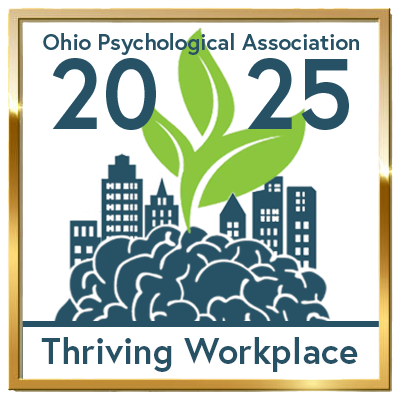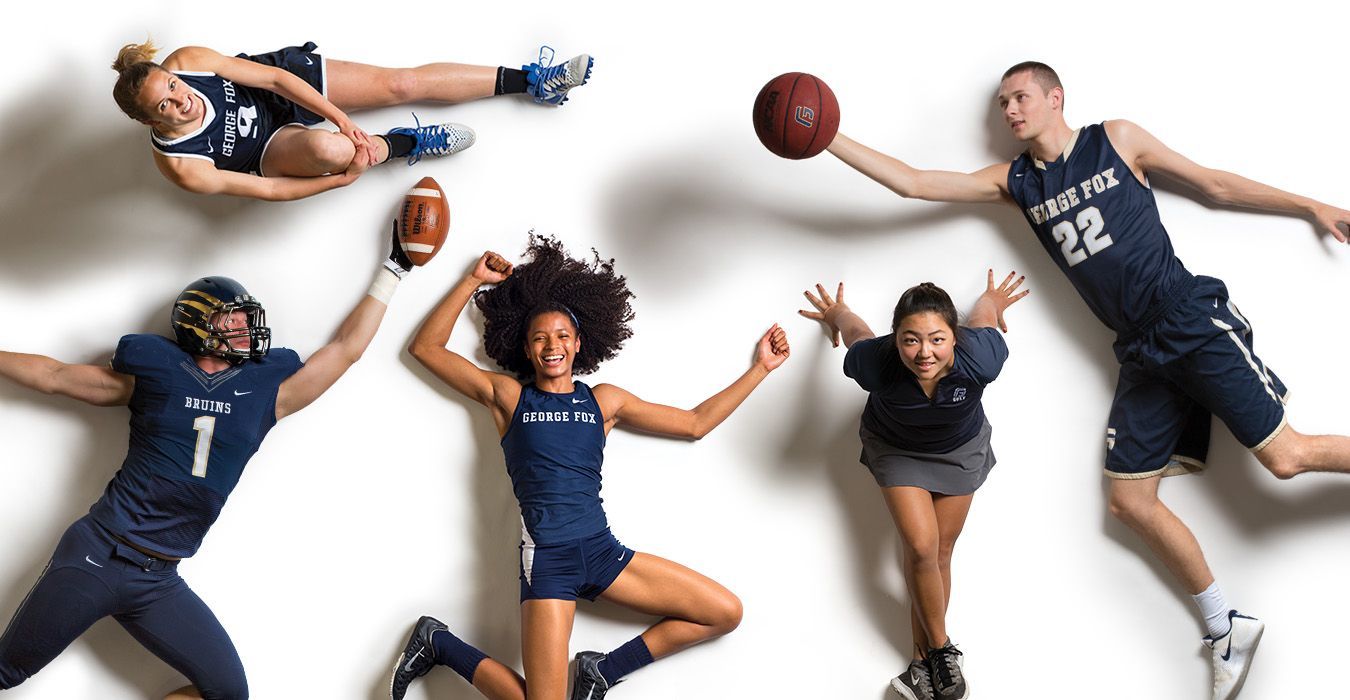
A freshman in high school begins his first ever varsity football season. He must wake up early in the morning to catch the bus to school. He is taking CCP classes and several other challenging courses. He is a smart student, but he still needs time to study. He has two free study hall periods during the school day. He uses this time to study and complete assignments. However, these two mods are only 40 minutes long. After the final bell lets out, he has to rush down to the locker room to get changed.
The head football coach likes to start by having a team meeting, and then heading out for practice. After a long two-hour practice, the team is held for film. This leaves him to be out of practice by 6:30 p.m. His normal bedtime is 9:30-10 p.m.
He still needs to knock out some studying and he has to eat dinner. After that long day he is exhausted. It is 10pm, and he is completely drained, and he does not have any time for his favorite Netflix series. “Well maybe tomorrow… I hope,” he says while he lays his head down. Does this sound like someone you know? Is it currently you? Because this was me, I was that young freshman trying to balance school and sports simultaneously.

This cycle will continue for the next two to three months. I used all of my time and energy towards school and sports, but where is my personal time? Did I have enough time for a mental checkup? I will introduce you to ways that I made it work for me. Everyday will not be positive for a student, but unfortunately for students in extracurriculars they may not get a chance to communicate their mental issues or find a healthy outlet. Many coaches are pressuring students to do more and “push through” I ask the question when is enough, enough?
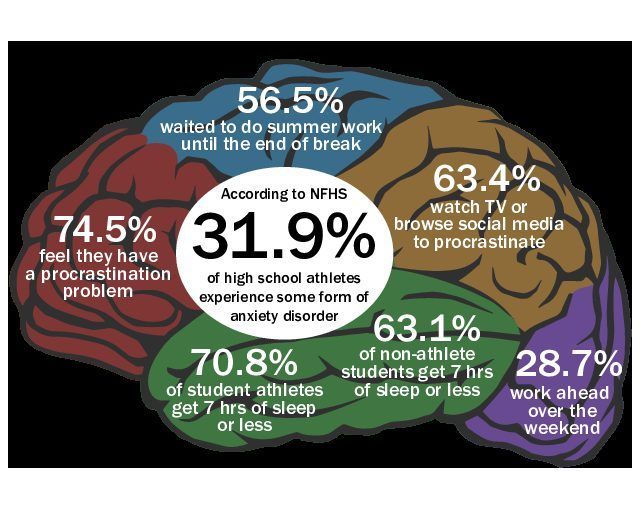
MENTAL HEALTH CHECK INS
Many students sponge all of their negative thoughts, emotions, and feelings. A terrific way to help with positive mental health is by having someone keep you accountable to acknowledging your emotions. Everyday a parent, friend, coach or even a teacher asks you for a number on a scale of 1-10 how are you feeling mentally. One being the worst and ten is the best. This activity allows you to quantify how you are currently feeling, but most importantly why. Having someone show enough care for a simple five minute or less discussion can help students destress. Mentally unpacking your emotions can help students deal with their issues.
SLOTTED TIME SCHEDULE
For me, when I am feeling a little overwhelmed with school, sports, or my vice president position in my student organization I want a release. My down time throughout my days is important because it keeps me balanced mentally, but also allows me to be more productive. When I am not able to have time throughout the day where I can do the things I like to do, I end up shutting down for too long. I recently spoke with Dr. Ryan Cook, Psychology, Neuroscience, and Human Development instructor at the University of Mount Union, he recommends for students to take “10-15 minutes of active relaxation time.”
During Active relaxation you should do an activity that is stimulating enough to have you active, but not too stimulating to the point where it is challenging. Dr. Cook suggests using techniques such as coloring, listening to relaxing music, walking, or a combination of a couple. Another technique is to include a stimulation of at least two senses at once. Dr. Cook has stated, “I find that students have shown better results when using two or three senses at a time. An example he used was giving students a coloring pad and a mint, while playing relaxing music in the background. Three or four senses are being utilized at once. Using these tools can be a terrific way to help yourself destress.
MAKING A TO-DO LIST
Trying to mentally keep track of all the things that you need to get done is not only impossible, but it is also a one-way ticket to exhausting yourself mentally. With technology and writing utensils just write stuff down! I promise writing out your future goals and to-do list can seem very annoying considering how busy you already are, but just give it a chance. Simply glancing at your phone notes or a sticky note can help you have one less thing off your mind. This makes it extremely easy to hone in on your daily task as a student. Writing your goals and tasks down will also make your tasks seem more attainable. Because mindset is everything. Say I mentally keep track of my assignments for the week, extra practice rather than sports, speech and debate, choir, etc., and chores. Two things are likely to occur if I do not write them down, the first is that I forget a task entirely. Worrying about all the things you need done, your mind usually focuses on the biggest most “important” task.
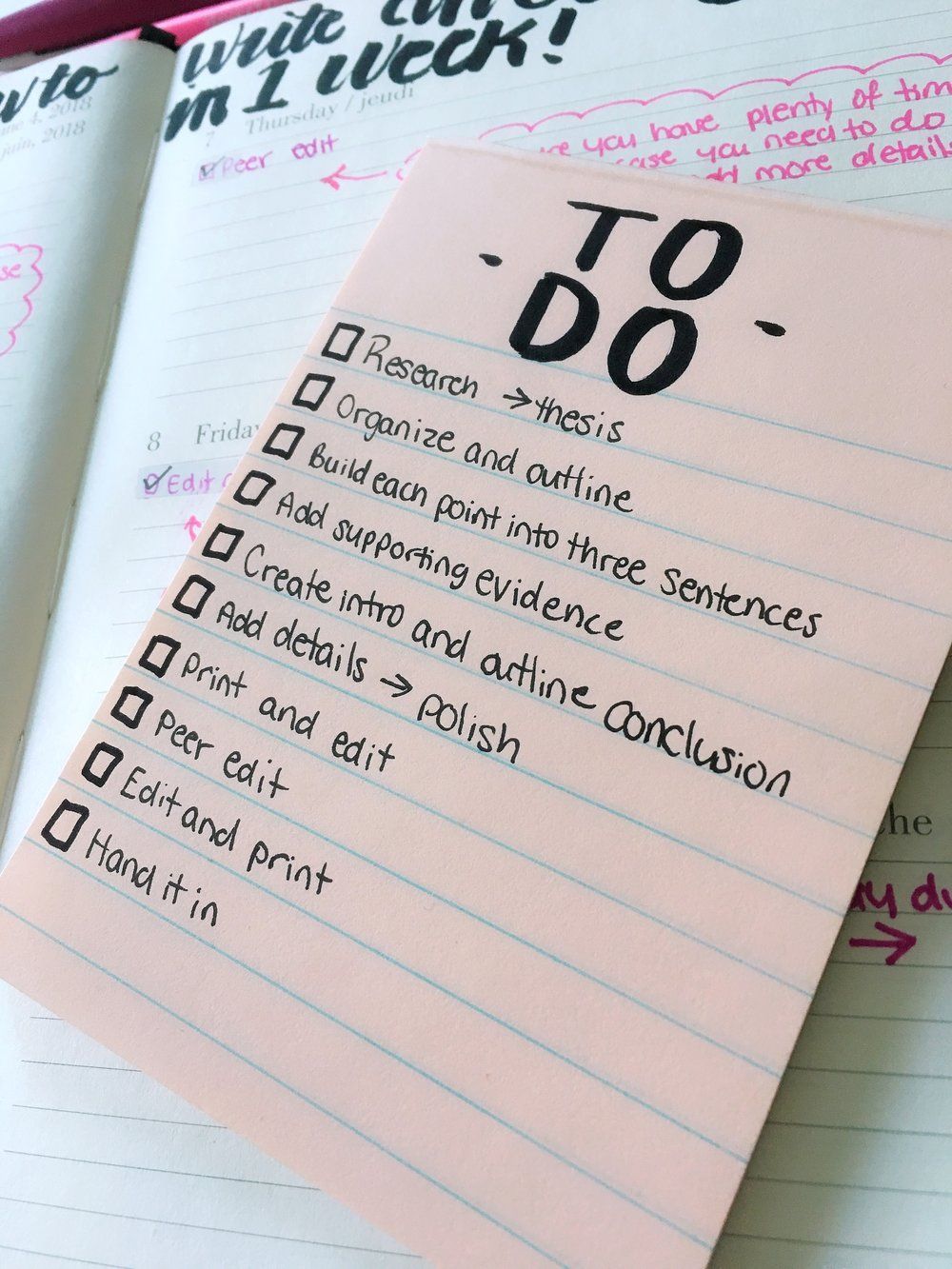
Leaving the smaller task to suffer. The second occurrence will be a lack of quantifiable importance. If I cannot literally see how many tasks I have to do then I will instantly start to look at each task as one. If you write your task down, you can break them into pieces. Professor Kachilla at the University of Mount Union has a theory of, “how do you eat a frog?” The answer is “one bite at a time.”
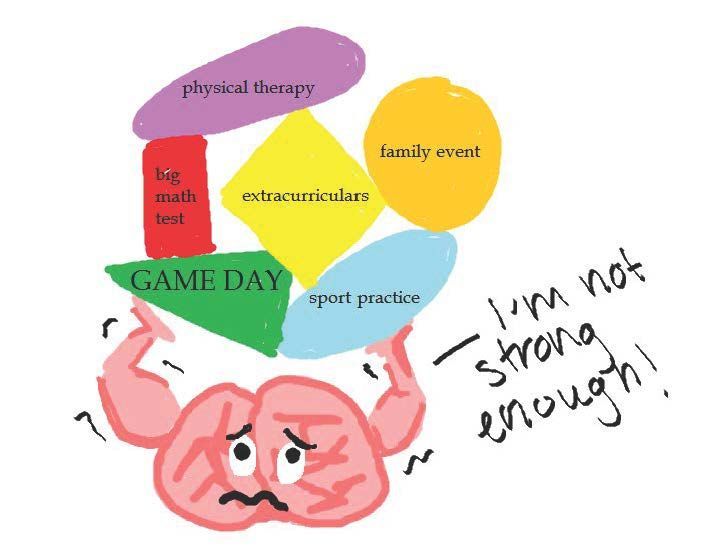
IDENTIFY YOUR PRIORITIES
Doing extracurricular activity as a student is a special privilege in my opinion. It shapes you as a person and can develop a young student's mind for life. Not only that, but it introduces young students to discipline and accountability. These are all traits that a person should develop to be successful in life. Everyone’s goal no matter if they want to go to college, own a business, go straight into the workforce, trade, military, etc. and must understand what they want. Once you identify where you think you want to go, plan accordingly.
If you want to play sports in college, keep playing your sport. If you do not, you can continue to enjoy your high school athletic career, but if it’s taking a negative mental toll on your life. Maybe it is not that important to keep going. If you are in choir and want to go to school to study music it is in your best interest most likely to continue choir.
If you do not want to study music, but choir is enjoyable for you currently, continue to do choir. The point is do what you love and find what you have a passion for. Even the things that we love dearly to have something we do not care for such as writing speeches for speech, practice for a sports team, practice for a play in the theater. All these things can be stressful and hard at times, but if you love them, keep going and it will pay off. If these things are not your passion and they are stressing you out from being your most authentic self, then you may have to leave it behind you. Do what’s best for you!
If you know a student who is participating in extracurricular activities and is experiencing unusual stress and anxiety, please call C&A 330.433.6075.
Sir Elliott is a senior marketing student at The University of Mount Union. He is interning this semester in the Mission Advancement Office.
RECENT POSTS












